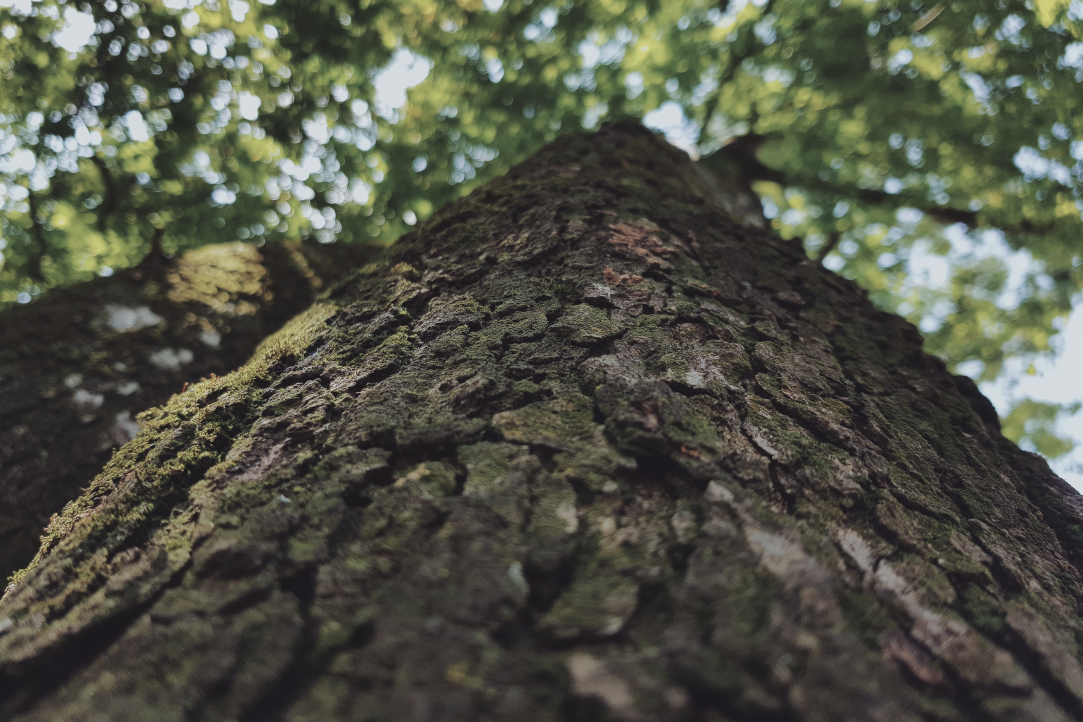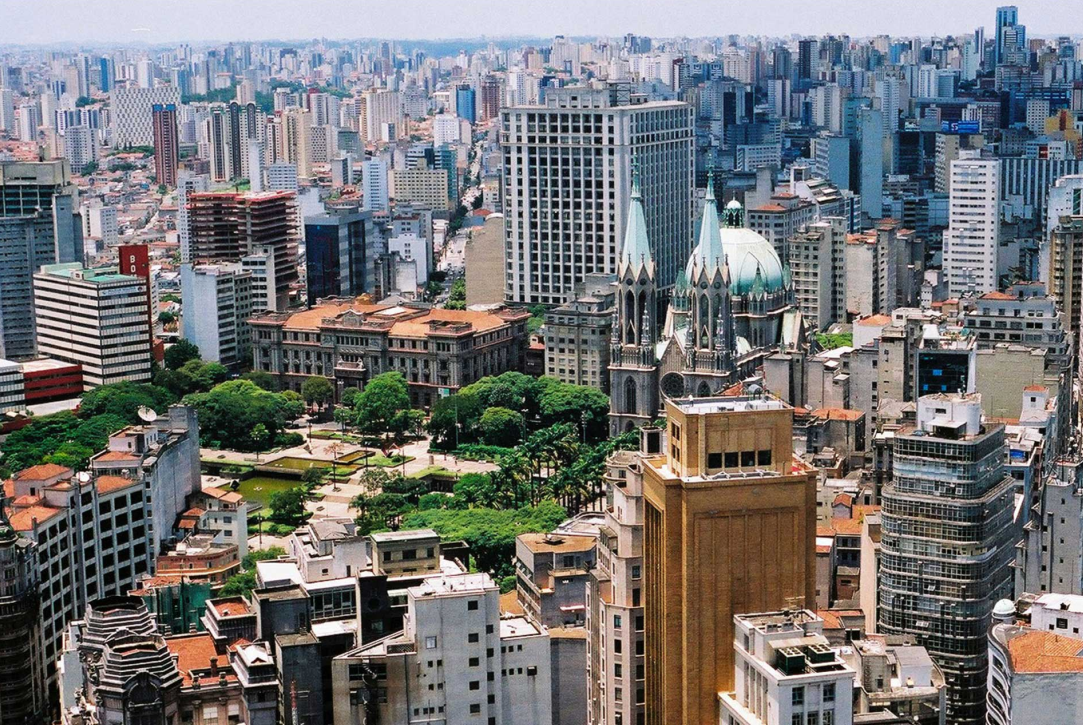Jonathan Durling still remembers the tranquil motion he felt when, as a boy, he fell asleep swaying in the hammock that hung above his parents’ bed in Castanhal, Brazil. As he grew older, the child of missionaries would become enamored, then profoundly influenced, by the natural beauty and laid back culture of his country, first as an accomplished and sought-after photographer (much of the photography in the Sossego catalog is Jonathan’s), then as he dabbled in house design, and ultimately, as founder and CEO of Sossego, whose name is a literal homage to the peaceful lifestyle Brazilians enjoy, marked by long conversations with good friends while relaxing in comfort.
Years later, Jonathan had one such conversation over a dinner of barbequed ribs and sweet potato fries at Zingerman’s Roadhouse in Ann Arbor, Michigan, where his family had moved years earlier. He found himself across the table from musician and software designer-turned-furniture-designer Aristeu Pires, after mutual friends told them they simply had to meet. Pires, winner of Brazil’s prestigious Museu da Casa Brasileira award for furniture, talked of his love for pairing contemporary design with warm Brazilian wood; Durling, of his passion for building a business…and his 15 years in Pires’ South American homeland.
They left the dinner inspired. For Jonathan, a visit to photograph Pires’ furniture in Brazil left an emotional impression; the comfort in the design of the pieces was reminiscent of being wrapped in his childhood hammock. A partnership was born, and by 2016, Sossego opened at Chicago’s Merchandise Mart. After 300% year-over-year growth and a product line being represented by dozens of sales professionals, Sossego moved into its light-filled showroom at the New York Design Center, where visitors immerse themselves in Pires’ designs, the organic creations of artist Domingos Tótora, and minimalist lighting fixtures from Guilhermes Wentz.
In 2023, Sossego acquired the Aristeu Pires brand, the designs, and the factory in Canela, Rio Grande do Sul, beginning a new phase of expansion and creativity.
Jonathan is now married to his childhood sweetheart Stephany, a native Brazilian. In true sossego fashion, when they put their children to bed at night, the routine starts with a good book or story told while curled up in a hammock. Nightly moments of tranquility and a life that’s come full circle for an entrepreneur who’s made the beauty and comfort of Brazil his business.





